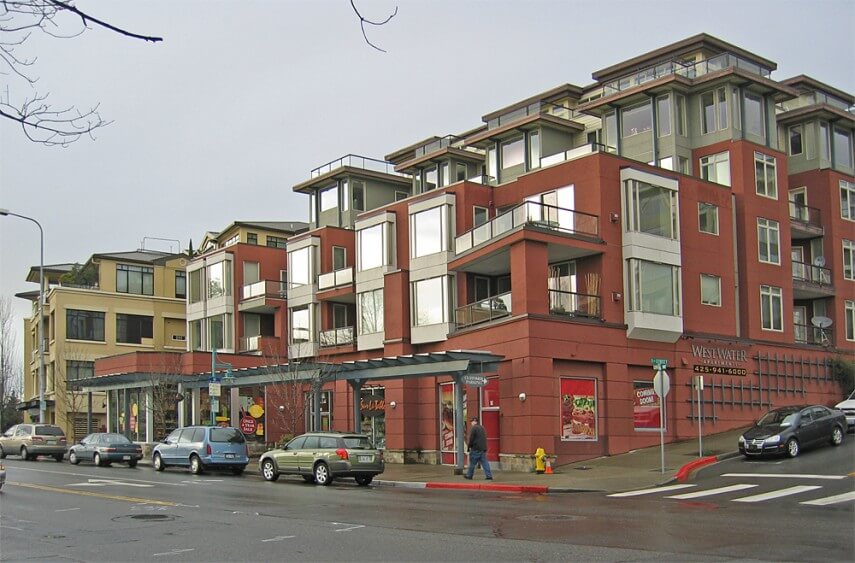How Mixed-Use Development In Hotels Might Transform Real Estate in Delhi

Mixed-use real estate development that combines hotels, malls and residential development in one, are common in Shanghai, Houston and many other cities across the world. But soon, it will become common in Delhi too. Recently, the Ministry Of Urban Development approved a proposal to allow hoteliers to build residential units in Delhi, in the same complex. The proposal was approved when the ministry was reviewing Master Plan of Delhi-2021.
According to the revised norms, hoteliers can use 40 per cent of the floor area ratio (FAR) for commercial, retail, service or residential purposes, if the hotel stands on a freehold property in Delhi. Earlier, merely 20 per cent of the floor area could be used for such purposes. But, if the hotel stands on leasehold property, they will have to wait till the Delhi Development Authority (DDA) formulates norms governing such development. The proposal suggests, the residential units can occupy 20 per cent of 40 per cent of the total FAR. In other words, residential units would occupy 8 per cent of the total floor area of the property.
How would mixed-use development in hotels change real estate in Delhi for good?
Many commercial enterprises, retail and service shops that would come up in the hotels would complement the business of hoteliers. For instance, a traditional art shop in a five star hotel would help the hoteliers and the residents both.
Mixed-use development would allow greater co-operation between enterprises that operate in different sectors, if they have much to gain from having their businesses adjacent to each other. This will lead to greater investment in the real estate sector.
Tourists and business persons who visit Delhi, will be able to opt between renting a hotel room or an apartment available in the residential development within the hotel premises, depending on the duration of their visit.
The people who buy service apartments in five star hotels would enjoy all the amenities that are associated with it, including retail and other services, in the same development. They would not have to commute too far, to have access to these amenities. This would be of great service to the wealthy, for whom time constraints are greater.
The investors who buy apartments will profit in the future from this because such development is still in its infancy in India and once, the number grows, and demand seeps in, the price of these apartments will rise.
Hoteliers will also benefit from this, because they can spread the risk by devoting a significant fraction of the space for other purposes.